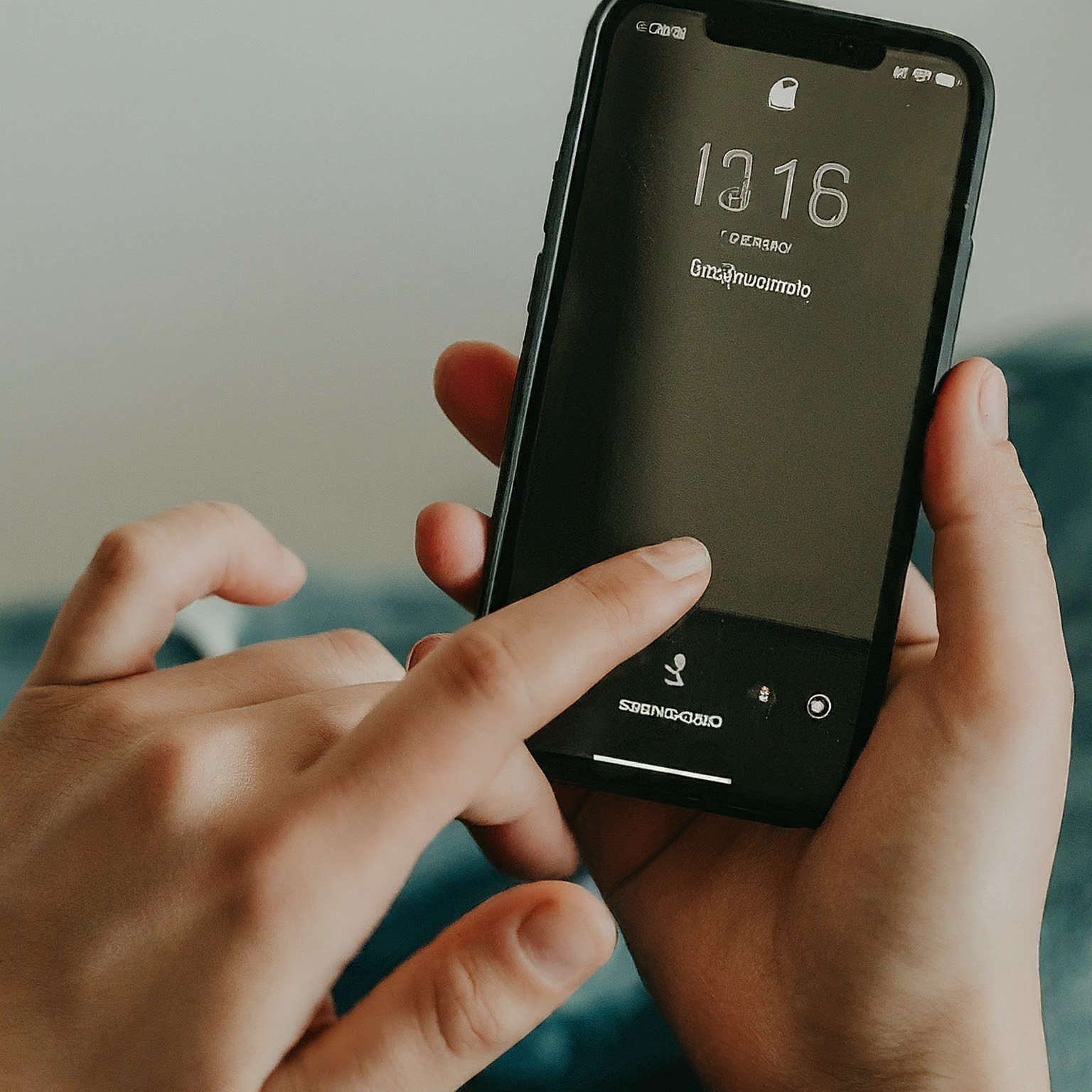The United States, a vast and diverse nation, boasts a complex and intricate telecommunication system. Understanding the nuances of its phone numbering system is crucial for effective communication, both domestically and internationally. This article delves into the intricacies of country code for USA phone numbers, providing a comprehensive overview for individuals and businesses alike.

What is the Country Code for USA Phone Numbers?
The country code for USA phone numbers is +1. This code is essential when dialing a US number from outside the country. It signifies that the number you’re calling belongs to the United States.
The Role of Area Codes
In addition to the country code, US phone numbers include area codes. These three-digit numbers indicate the geographic region of the caller. For instance, the area code for New York City is 212, while Los Angeles uses 213.
How to Dial a US Phone Number from Abroad
To dial a US phone number from another country, follow these steps:
- Dial the international exit code: This code varies by country but typically starts with 00 or +.
- Dial the country code for the USA: This is +1.
- Dial the area code: The three-digit number representing the geographic region.
- Dial the local phone number: The seven-digit number specific to the individual or business.
Example: To call a number in New York City from the UK, you would dial 00 1 212 XXX XXXX.
Common Misconceptions About US Phone Numbers
There are several misconceptions surrounding US phone numbers that it’s essential to clarify:
- No leading zero: Unlike some countries, US phone numbers do not include a leading zero.
- Consistent number length: All US phone numbers consist of ten digits, including the area code.
- No separate mobile and landline codes: The same numbering plan is used for both mobile and landline phones.
The Evolution of US Phone Numbering
The US phone numbering system has undergone significant changes over the years. With the increasing demand for phone numbers, the North American Numbering Plan (NANP) has implemented various strategies to accommodate growth. These include:
- Overlay plans: Introducing new area codes in the same geographic region to increase available numbers.
- Number portability: Allowing customers to retain their phone numbers when changing service providers or locations.
- Toll-free numbers: Implementing 800, 888, and other toll-free number prefixes.
Special Phone Number Types
In addition to standard phone numbers, the US utilizes several special number types for specific purposes:
- Toll-free numbers: These numbers allow callers to dial without incurring charges.
- Vanity numbers: Phone numbers that spell out words or phrases (e.g., 1-800-FLOWERS).
- Short codes: Numbers used for text messaging and mobile services (e.g., five-digit numbers).
Challenges and Future Trends
The US phone numbering system faces ongoing challenges, including:
- Number exhaustion: The depletion of available phone numbers in some areas.
- Fraud and spam calls: The increasing prevalence of unwanted calls.
- Technological advancements: The integration of VoIP and other communication technologies.
To address these challenges, the telecommunications industry is exploring innovative solutions, such as:
- Number pooling: Sharing phone numbers among multiple users.
- Advanced call screening technologies: Protecting consumers from unwanted calls.
- IP-based numbering plans: Transitioning to a more flexible numbering system.
Conclusion
Understanding the country code for USA phone numbers is fundamental for effective communication with the United States. By grasping the basics of area codes, dialing procedures, and the evolution of the phone numbering system, individuals and businesses can navigate this complex landscape with ease. As technology continues to advance, staying informed about emerging trends will be essential for staying connected in the digital age.
لا تعليق